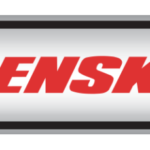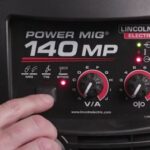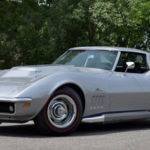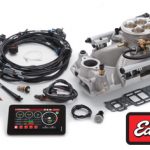The Pros and Cons of LS Engines
To LS or Not to LS
Over the last 10 years the Chevrolet LS engine has risen to prominence. The engine’s performance potential and tight package along with high availability has created the perfect storm for the automotive aftermarket. Crazy swaps have pushed the LS into a level of its own. Chevy LS engines have found their way into everything from classic muscle cars to lightweight sports cars such as the Mazda MX-5 Miata. This potential has even caused some series to ban LS swaps.
As with anything there are pros and cons. Despite the popularity of the LS engine there are a few drawbacks to the engine platform. We’ve assembled a list of pros and cons to the platform to help you in your approach to the LS engine.

Pros
In terms of the engineering of the LS platform, there many pros that make it a strong engine. In addition to those engineered in benefits, we see these other factors as big positives.
Strength of the Block
The LS is an incredibly stout engine that is capable of impressive numbers with basic performance modifications. Check out this Hotrod.com article to see just how strong a junkyard LS can be.
Price & Availability
Introduced in 1997 the LS and its various iterations have found their way into more than 50 cars throughout the years. The LS was used in everything from sports cars to trucks, which has created a buyers market in junkyards across the U.S.
Size & Weight
There are some distinct disadvantages to the pushrod design of the LS engine. However, many feel the packaging and weight savings that it offers can outweigh those disadvantages.
Aftermarket Support
A very good metric of a platform is how readily the aftermarket supports it. This has been seen since the early days of hot rodding. From the SBC to the Ford Mustang, the aftermarket will support great platforms. These days parts for the LS engine are just as readily available as the blocks themselves. (Summit lists 86,000+ that come up in a Chevy LS parts search.)

Cons
The LS engine is not without its issues though. For an engine that is touted as such a performance-oriented engine, the LS has some shortcomings.
Piston-Ring Seals
Some LS variants have been plagued with bad piston-ring seals. This issue can cause oil-consumption issues. As this issue gets worse it can also create an increasing amount of blow-by in the engine.
Oil-Pump Cavitation
The stock oil pump is known to start cavitating above 6,000 rpm. Due to the limited rev capabilities of the LS engine, this is not as much of a problem in the production version. However, in performance applications where engines are expected to routinely rev past 6,000 rpm, it creates oil-pressure problems as the oil pump starts cavitating. (For more information on this, check out Improved Racing’s upgraded pump listing by clicking here.)
Non-Priority Main Oiling (OEM Blocks)
A common upgrade on aftermarket blocks is priority oiling. Priority main oiling ensures that oil goes to the mains first and to the heads as a secondary path. This ensures that oil pressure drops have a minimized effect. A stock LS block does not feature priority main oiling. In an OEM setting priority main oiling makes less sense because the engines are expected to spend very little time at high rpm.
Skirted Block
While the skirted-block design strengthens the block, it does limit the ability to reduce windage through traditional methods. The use of crank scrapers and power pouches is completely removed and the effectiveness of windage trays are reduced.
Drivetrain
While the pushrod design is great for the packaging and is one of the primary reasons it is so popular in engine swaps. The valvetrain in a pushrod engine is a limiting factor. The complexity of the valvetrain creates limitations on the rpm range possible.
A pushrod motor also requires more valvetrain parts when compared to an OHC engine. This creates more opportunity for parts to fail along with increasing the friction created in the valvetrain as there are more moving parts.
Another basic issue with the LS and all pushrod motors is the limitations of the actual valves that can be used. The pushrod engine is limited to one intake and one exhaust valve, which can limit the volumetric efficiency. The OHC engine has featured up to 5 valves per cylinder to increase its performance capabilities.
Maintenance
Due to the packaging of the pushrod design the camshaft is located in a difficult to get to location. When replacing the camshaft in an LS you will commonly need to either remove the engine or the radiator to be able to access it.
Other
Since the LS engine was used in a variety of platforms and for a variety of uses, there is a plethora of variants of the engine. Everything from the heavy iron truck block through the lightweight aluminum performance LS7 has differences that should be understood and accounted for in each build. With all the variations it can be difficult to understand exactly which iteration you have and how it needs to be built for your goals.
What Makes the LS Engine As Good As It Is?
COMPANY DETAILS |

|
|
Company |
Canton Racing Products |
|
Website |
|
|
Connect |




|
|
|
|
|
Phone |
(203) 481-9460 |
|
Address |
232 Branford Road |
North Branford, CT 06471 |





